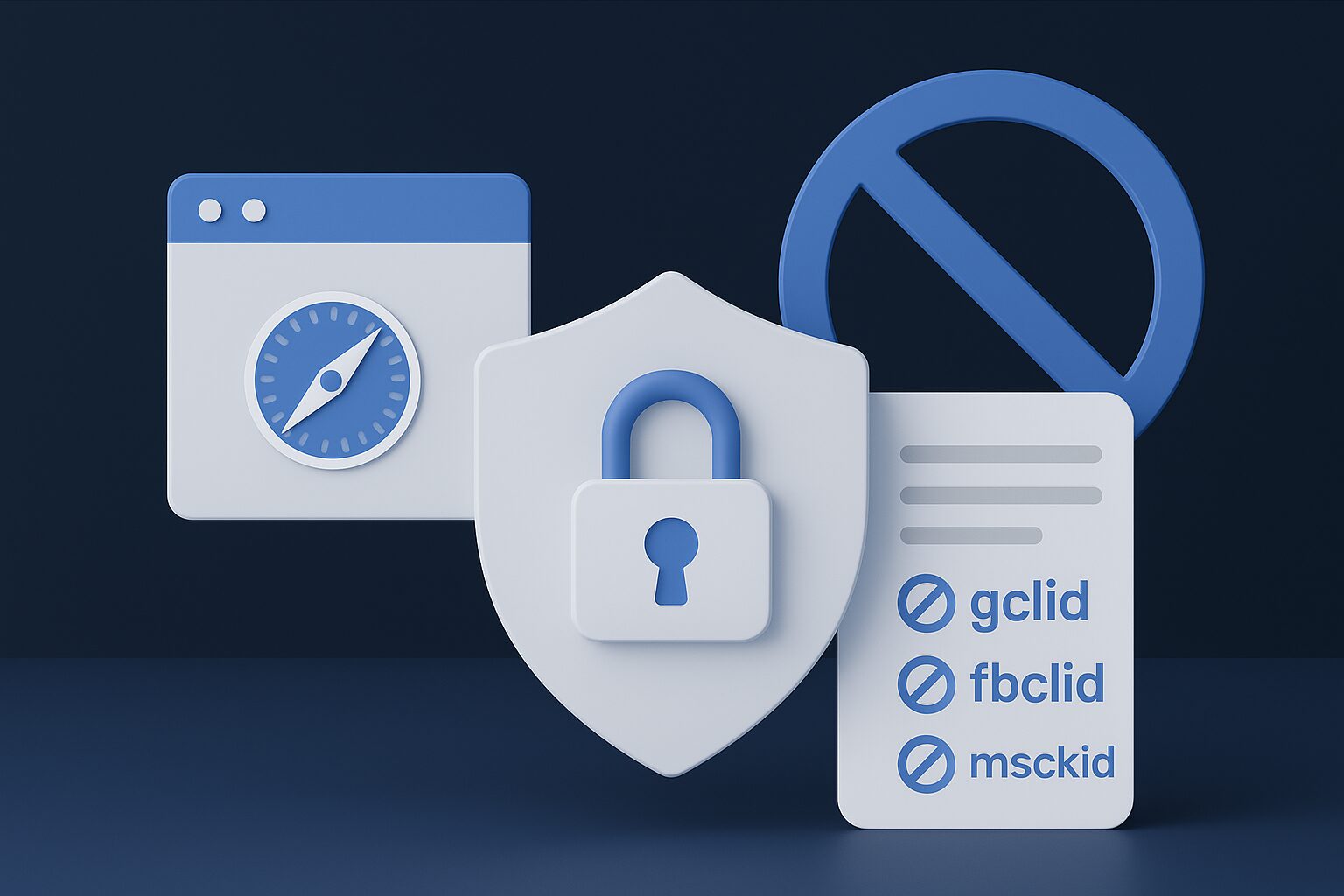Back to homepage Blog Affiliate marketing: 3 levers to improve your campaigns
Table des matières
Affiliate marketing:
3 levers to improve your campaigns
- 8 min de lecture

Affiliate Marketing: 3 Key Levers to Improve Your Campaigns
To implement effective affiliate marketing, it’s essential to know the key optimization levers at your disposal. So, what are these levers?
An optimized affiliate channel is governed by 3 fundamental principles:
- The allocation of affiliates into sub-programs by traffic categories and objectives
- Commission rules aligned with the company’s margins and affiliate types
- Efficient and automated analysis and control tools
Good news! These 3 fundamental principles are the key levers for effective affiliate marketing!
But how can you use these 3 key levers to concretely improve your affiliate program?
1st Lever: Affiliate Distribution into Sub-Programs
In general, the performance of affiliate marketing is analyzed at two levels:
- The overall affiliate program
- The individual performance of affiliates
If we draw a parallel with SEA, this would be akin to:
- Analyzing Google Adwords in its entirety (brand and retargeting included)
- Analyzing the performance of each keyword
Clearly, there’s a missing intermediate level: campaign analysis. This allows us to distinguish between generic, brand, and retargeting campaigns, as well as to separate campaigns by product type or category.
In affiliate marketing, it’s necessary to increase the analytical granularity of a program by segmenting it into several sub-programs.
The best way to do this is to create sub-programs by affiliate types: affinity, cashback, promo codes, shopping guides, etc.
It’s crucial to define KPIs for each sub-program to organize affiliates. Too much segmentation would create more confusion than solutions.
Here’s an example of objectives and KPIs for a segmentation into 4 sub-programs: Affinity, Cashback, Promo Codes, and Shopping Guides.
Affinity:
Goal: initiate conversion paths
KPI: CPO First click < CPO Last click, new visits and new customers > 50%
Cashback
Goal: finalize conversion paths
KPI: conversion rate > 10%, bounce rate < 30%
Promo codes
Goal: finalize conversion paths
KPI: conversion rate > 10%, bounce rate < 30%
Shopping Guides
Goal: generate spontaneous orders
KPI: CPO First click ≈ CPO Last click, conversion rate ≈ Google Shopping, new visits > 40%
The performance of each sub-program will then be analyzed independently of the others. This avoids equating a valuable affinity affiliate who generates content and initiates conversion paths with a Promo Code affiliate who only appears at the end of the conversion path.
Now let’s see how to use sub-programs to structure commission rules.
2nd Lever: Set Up Affiliate Marketing Commission Rules
You can use several criteria to calculate affiliate commi
- By sub-program: affinity, cashback, promo codes, shopping guides
- By customer type: new or existing customer, B2C or B2B
- By product category: high-margin or low-margin products
First, commission rules should be defined based on the sub-program and affiliate type.
Then, an adjustment should be made to introduce product categories, based on associated margins and the advertiser’s sales objectives.
For example, when launching a new product category, it’s wise to increase specific commissions for that category to ensure its promotion.
Here are the commission indicators we suggest for the sub-programs used as examples above.
Affinity:
- “High” commission for a new customer
- “Medium” commission for an existing customer
The high commission for a new customer should motivate the affiliate to send “fresh” traffic, which means renewing its audience through good organic positioning or building its follower base.
Affinity affiliates are often penalized by last-click deduplication models. It’s important to adopt a different deduplication model for this group of affiliates to reward their contribution to initiating conversion paths.
First-click compensation mechanics are rare, but post-click deduplication is a good compromise, with a sufficiently long cookie duration, say 15 days.
Implementing post-click deduplication is relatively simple, but controlling it is more complex. A tool is necessary to verify proper commission attribution.
Cashback
- “Medium” and identical commission for all customers
The commission remains the same regardless of the criteria to avoid customer complaints about the cashback they received. It’s hard for a customer to accept receiving a high cashback for their first order and a lower one for the second, as they are no longer considered a new customer.
This might encourage customers to create a new account for each order, which would affect performance tracking for the advertiser.
Promo codes
- “Medium” commission for a new customer
- “Low” commission for an existing customer
Unlike cashback, commission value doesn’t influence traffic or transformation on promo code sites. It’s wise to save money by keeping commissions relatively low.
We recommend paying a commission twice as low as cashback, as cashback returns nearly half of its commissions to its users.
Finally, we suggest using the savings from promo codes to increase their attractiveness and effectiveness.
Shopping Guides
- “High” commission for a new customer
- “Medium” commission for an existing customer
Unlike Affinity affiliates, Shopping Guides can be deduplicated by the last click, as they have more impact than Affinity affiliates at the end of the customer journey. The high commission compensates for the lack of compensation for initiating conversion paths.
It’s important to regularly check that all affiliates in a sub-program meet the defined KPIs. If not, they should be moved to the appropriate sub-program or removed. Note that some affiliates may position themselves in a sub-program that doesn’t suit them to obtain higher commissions.
One of the key elements of a good affiliate program is anticipation, especially when communicating about upcoming promotions.
When organizing a promotional action, it’s essential to inform your publishers so they can relay the information to their audience. But that’s not all.
Your publishers need time to prepare the integration of this information on their platforms: banner integration, text writing, webmastering. You should allow about a week between the receipt of materials and the start of the action. So how do you better communicate about future promotions and give your affiliate program the best chance of success?
TrackAd Tip
Ideally, providing a quarterly promotional action plan simplifies the work of your publishers. This allows you to anticipate peak periods (e.g., Black Friday or Sales) and avoid overwhelming your publishers with last-minute requests.
3rd Lever: Analyzing Affiliate Channel Performance
Advertisers often struggle to analyze the performance indicators of each affiliate.
Their analytics tool doesn’t provide this level of granularity, so they rely on analysis tools provided by their traffic providers.
Affiliate platforms use the data they collect themselves to compensate affiliates. This remains third-party data, which is prone to a certain margin of error—generally due to misconfigured tag management tools or simple malfunctions in the affiliate platform’s tracker.
This issue applies to all other traffic levers (retargeting, SEA, SMA, etc.).
The same goes for the proper application of deduplication (Post-click, Last-click). This must be controlled based on first-party data—those collected by the advertiser via their analytics solution. Otherwise, there will always be a discrepancy between the performance identified by the advertiser and that communicated by their partners, regardless of the lever.
To realize this, compare the number of orders associated with affiliation by the analytics solution and those identified by the affiliate platform over the same period. The gap is often more than 10%.
Bonus: Fraud Control in Affiliate Platforms
Advertisers are often powerless against technical fraud levers like cookie stuffing, hidden toolbars, and any other form of affiliate fraud or error that results in excessive attribution of orders to certain affiliates.
It’s also important to control prohibited traffic (brand SEA, pop-under, click-under, etc.), as some affiliates don’t hesitate to use them.
Affiliate platforms often claim to perform anti-fraud analysis of advertisers’ programs. However, it’s hard to be both judge and jury. In this context, a second opinion is necessary, and it seems clear that it should be based on first-party data—those collected by the advertiser via their analytics solution.
An anti-fraud solution is essential to protect against these abuses. There are two types of traffic control tools based on the destination:
Mobile apps: Tools mainly target fake downloads, click dropping, bots, and improper attribution.
Websites (desktop or mobile): Tools mainly target cookie stuffing, hidden toolbars, pop-under, click-under, and improper attribution.
Conclusion
You now know the 3 levers to implement truly effective affiliate marketing and campaigns! Want to go further? Discover how to automate the data collection of your affiliate platform and validate the authenticity of affiliate channel orders with TrackAd 360!
Articles recommandés

- Attribution, Contribution

- Attribution, Contribution

- Attribution, Contribution

- Attribution, Contribution


- Acquisition